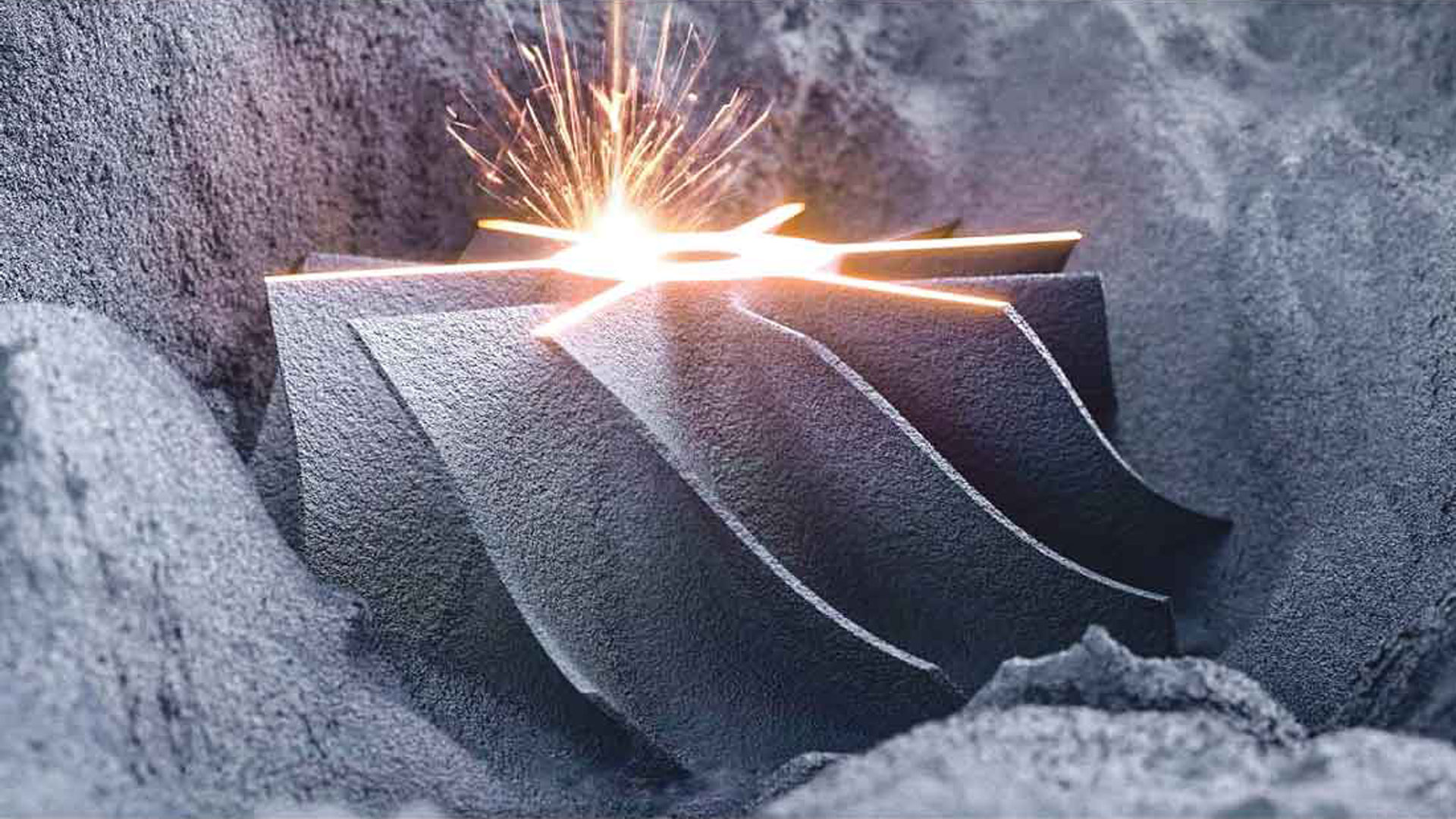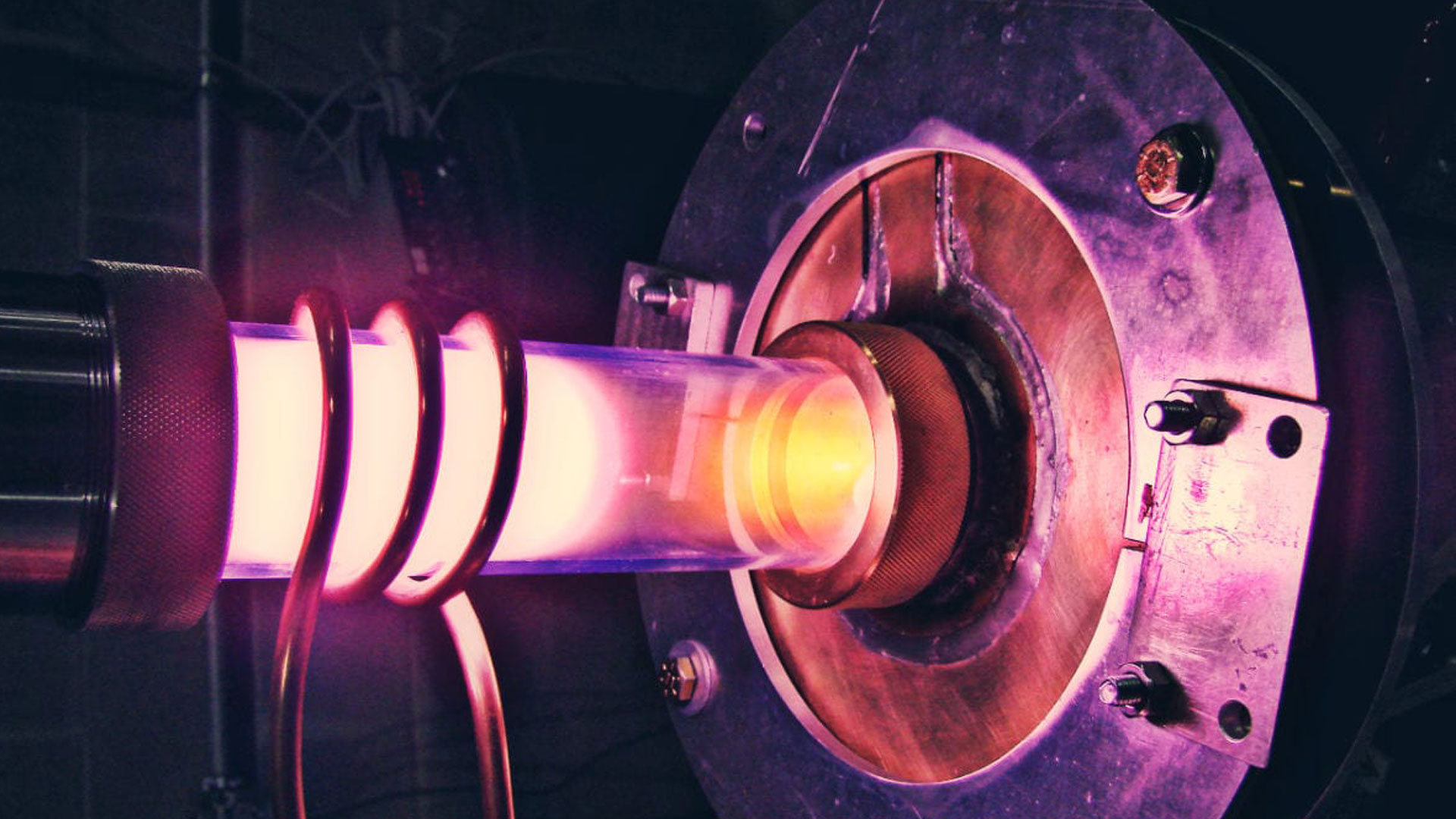
Radiation hardening, also known as “rad hardening,” and radiation survivability testing are of critical importance to defense, aerospace, and energy industries. Below, we explore the ins and outs of rad hardening and effects testing, and describe how Phoenix’s neutron generators are a proven solution for manufacturers needing neutron flux cavities to optimize their parts for high-radiation environments.
What is Radiation Hardening?
Everyone knows that excessive exposure to radiation can cause severe damage to living things, but high radiation levels can also cause radiation damage to other objects, especially electronics. Ionizing radiation in particular, including directly ionizing radiation such as alpha and beta particles and indirectly ionizing radiation such as gamma rays and neutron radiation, is profoundly damaging to the semiconductors that make up the backbone of all modern electronics. Just one charged particle can interfere with thousands of electrons, causing signal noise, disrupting digital circuits, and even permanent physical radiation damage.
Of course, electronics make the world go round, and spacecraft, satellites, nuclear defense systems, military aircraft, and nuclear power stations can’t operate without these electronic systems. These systems must be designed with robust, durable, nuclear-hardened electronics able to withstand high-radiation environments for long periods of time without breaking down or malfunctioning. That’s where radiation-hardened electronics can help.
Radiation Survivability Testing
Radiation hardening involves designing electronics and components that are tolerant of massive levels of ionizing radiation, such as cosmic outer space radiation, X-ray radiation in medical or security environments, and high-energy radiation within nuclear power plants. In order to determine whether these components are sufficiently hardened, radiation-hardened electronics manufacturers perform rigorous testing. Components that pass these tests go into production and can be described as “radiation-hardened”; components that do not go back to design.
Radiation survivability testing involves bombarding materials with radiation to determine how long they can withstand harsh extremes of its operating environment. This helps to determine which material will be the best choice for a given radiation-hardened component.
Say, for example, you’re responsible for designing the electronic components of a military satellite. A failure of the satellite’s electronics systems due to space radiation could endanger national security or put the lives of warfighters at risk. The electronics themselves need to be designed to be radiation-resistant; on top of that, the electronic components will need adequate protection in the form of shielding made from materials that are not easily penetrated by radiation.
Types of Radiation Effects & Damage
Radiation can adversely affect or damage materials in many different ways resulting from high-energy radiation disrupting their atomic structures. When designing components with higher radiation tolerance, manufacturers must take the following potential radiation effects into account.
Neutron Activation
When designing components with higher radiation tolerance, manufacturers must take into account potential radiation effects, including neutron activation. When an object is exposed to neutron radiation, the neutrons may be absorbed into the atomic nuclei, which can convert certain elements into unstable isotopes. These isotopes then release excess neutron radiation, alpha or beta particles, or bursts of gamma rays. Depending on the material, the object can remain radioactive for hours or days. While neutron activation can be a useful materials testing tool, in other cases it’s less than desirable. At Phoenix, our neutron generators give R&D professionals the opportunity to analyze neutron activation as they work to design radiation-tolerant electronics and other components.
Ionizing Radiation & Radiation Hardened Electronics
Ionization causes electrical breakdown — especially in very sensitive devices and components like semiconductors and integrated circuits — that can cause microelectronics to fail. Ionizing radiation exposure can cause all sorts of damage, ranging from benign glitches and soft errors to catastrophic system failures. In particular, single-event effects can change the logic of entire systems by altering one bit on integrated circuits, where the “single event” is an ion changing the state of a node on an electronic device.
With radiation-hardened electronics and components, the risk of single-event effects is mitigated. Radiation hardening, radiation effects testing, and rigorous survivability testing are especially important in the design of microelectronics and electronic components since so much of the world’s vital infrastructure, such as GPS and weather forecasting, depends on satellites, which are exposed to large amounts of ionizing space radiation in orbit around Earth.
Radiolysis & Neutron/Electromagnetic Radiation
Radiolysis occurs when electromagnetic radiation or neutron radiation exposure causes chemical bonds to break down. This causes structural weaknesses in a material that can lead to corrosion, cracks, or any other undesirable changes to its physical properties that could mean degraded performance or failure. Radiation-hardened designs attempt to mitigate the effects of radiolysis.
What Other Materials are Tested for Radiation Effects?
Electronics are not the only materials for which radiation hardening and radiation tolerance/survivability testing is important. Concrete is especially susceptible to neutron activation and radiation damage, and excess radiation exposure can cause a concrete bunker to become structurally unsound due to alterations of its physical properties.
Because of this danger, special radiation-tolerant concrete has to be used in the design and construction of nuclear reactor facilities. The same type of radiation-hardened concrete used for shielding in nuclear reactors is also used at Phoenix to make certain that our staff (who have low radiation tolerance) is not exposed to neutron radiation!
What are Some Effects of Radiation Exposure?
Radiation exposure can alter a material’s physical properties in many ways, including the following:
- Hardening: Radiation exposure can physically strengthen material components, but at the cost of an often-undesirable loss of flexibility and elasticity.
- Embrittlement: One of radiation’s possible effects can also involve the material’s structure weakening, creating new stress points in the material and making it easier to fracture.
- Swelling: Due to thermal creep, a material exposed to radiation can exhibit swelling, which is especially dangerous for materials under pressure.
- Reduction of conductivity: Radiation exposure can reduce a material’s thermal or electrical conductivity.
- Ozone cracking: When radiation interacts with oxygen, it can produce excess ozone which can cause cracking and a loss of structural integrity in materials made from plastics, rubber, and other polymers.
Applications of Radiation Hardening
Radiation hardening and survivability testing is primarily a need of the aerospace and defense sectors. Defense systems and infrastructure that are expected to remain functioning in the vicinity of a nuclear detonation must be tolerant of large amounts of radiation produced by the explosion, meaning they rely on radiation-hardened electronics. In addition, these radiation-hardened electronics and systems must be able to remain functional in the event of secondary radiation effects, such as an electromagnetic pulse (a large dose of electromagnetic radiation). For that functionality to be maintained requires radiation-hardened electronics to be used in the design.
In space, one of the greatest threats to our commercial and defense satellite infrastructure is the massive amounts of radiation that are produced by solar flares. Sufficiently powerful solar flares can even affect electronics on the surface of the Earth, causing power outages and failures of systems. Satellites, space shuttles, and space stations are especially vulnerable to solar flares, since they have no atmosphere to protect them. Radiation hardening techniques are crucial to prevent damage to spacecrafts’ electronic systems from space radiation, as well as to protect human passengers from the direct effects of electromagnetic radiation exposure.
Radiation Effects Testing at Phoenix
At Phoenix, we’ve built a variety of high flux neutron generator systems with several different energy spectra intended to suit a wide variety of radiation and rad hard needs — without the large footprint and safety concerns associated with reactors. If you’d like to learn more about this service, get in touch.










































